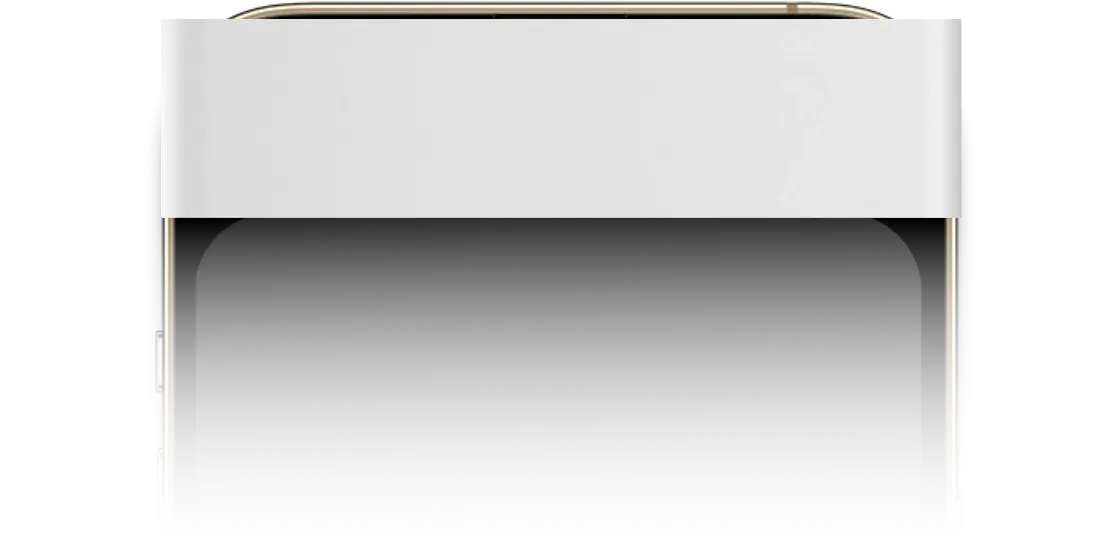
Auto-Translate
Fixing the Built-in Light Sensor’s (ALS) Limitation
A workaround to fix the built-in light sensor's (ALS) limitation

Is your reading stuck even though the light keeps getting brighter? That means your phone’s built-in light sensor (ALS) has maxed out. Just like a car speedometer, it can only measure up to a certain point. This usually happens on lower-end devices and becomes a problem with high-intensity grow lights, where readings get clipped.

If you don't want to upgrade your smartphone to one that supports enhanced light intensity measurements using the camera you can apply this workaround:
Step 1: Add a Diffuser
Cover your phone’s light sensor with a simple diffuser to block excess light. The easiest DIY version: tape a small strip of printer paper over the sensor (any type paper works in this specific case).

Watch this video to see how to build one:
Step 2: Disable Diffuser Detection
Photone normally warns you not to use a diffuser with the ALS:

Since you’re doing this intentionally, you can remove the warning by disabling the automatic diffuser detection under Settings (⚙️) → Danger Zone → Diffuser Detection.

Step 3: Calibrate
Because the diffuser blocks some light, you must apply a custom calibration to counteract the loss in light transmission:
- Remove the previously built diffuser.
- Create stable lighting where your sensor doesn’t max out.
- Let the lamp warm up until its output stabilizes and the measurement values no longer change over time (this may take a few minutes)
- Take a reference measurement and write it down as.
- Reapply the diffuser and place your device at the exact same spot
- Perform a calibration using the setting "Light- / PAR-Meter" and input your previous measurement where it says "Your Meter's Reading". You may also use the video below as a guide.
✅ Done! You can now measure higher PPFD, DLI, and lux levels without clipping.
Still Having Issues?
If your sensor still maxes out, reach out to our support team — we’ll help you troubleshoot.
